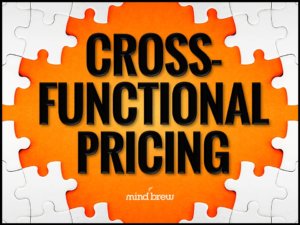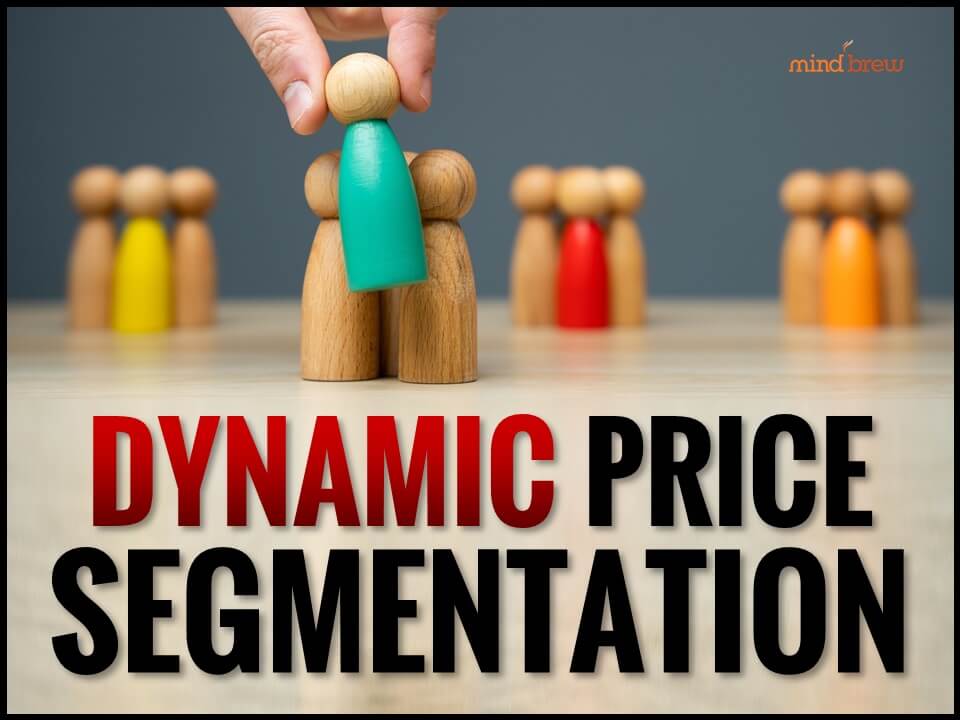The fields of logistics, transportation, telecommunications, and utilities all experience a similar phenomenon that has come to be known as “the last-mile problem.” In a nutshell, the last-mile problem is the fact that in any journey, the very last mile is the most complicated and expensive.
That might not make a lot of sense from the point of view of a single person going on a trip. If you’re on a basic car ride to grandma’s house, every mile is pretty much the same whether it’s at the beginning or the end of the trip.
But it’s very different when you are operating at scale.
Take a big retailer like Amazon, for example. First, they place a big order for a large quantity of a particular item. That big order gets put on a ship or a train for delivery to a warehouse. It sits in the warehouse until someone orders an individual item, which gets loaded onto a semi-truck and delivered to another loading area. Finally, it ends up on one of those Amazon vans that brings it right to your house.
The most inefficient and expensive part of that journey is the last leg that happens on that van. In fact, it’s typically more than half of the total shipping cost for the item.
There’s a similar problem with mass transit. It’s really efficient to move large groups of people by plane, train, or bus from one heavily populated area to another general region. But getting each individual to the particular house, store or hotel that they need to go, is just not as easy or cost-effective.
It’s the same thing in telecommunications, where it’s really efficient to lay big cables that carry lots of data, electricity, gas, or water from one region to another. But the last mile that connects individual houses to the main line is much more expensive per person that is benefiting.
As you’re probably starting to guess, we see a very similar last-mile problem in pricing.
The last-mile problem in B2B Pricing
For pricing teams, the most difficult part of most pricing initiatives is the last step – getting the sales team to actually implement the pricing strategy we’ve spent months or even years developing. If a pricing strategy is going to break down, this is often where it happens.
In many cases, the sales team either doesn’t understand or doesn’t see the value of the pricing model. Even though the pricing team has invested significant resources into developing data-driven pricing recommendations, the sales team may view these efforts as disconnected from the realities of customer interactions. In worse cases, they may see pricing as an obstacle to closing deals, rather than a strategic asset.
For obvious reasons, this can be incredibly frustrating for pricing teams. And because many pricing teams struggle with gaining influence over sales, they often hope that sales will eventually come around to adopting the pricing strategies more consistently.
Unfortunately, this approach rarely works.
Instead, it’s far better for pricing teams to take proactive steps to build relationships with sales well in advance of any major pricing initiative. This greatly increases the likelihood that sales will adopt the pricing team’s recommendations when they are rolled out.
There are many ways to improve collaboration between pricing and sales. One of the most effective approaches is for the pricing team to demonstrate how pricing can support sales in winning deals. For example, by creating tailored pricing solutions that solve specific customer challenges, pricing teams can position themselves as allies rather than gatekeepers. In a lot of ways, sales relies heavily on pricing decisions to align with their goals, and when pricing supports them effectively, it sets the stage for more cohesive teamwork.
Pricing teams are also uniquely positioned to identify inefficiencies in other parts of the commercial process, such as the product or go-to-market strategy. By making strategic recommendations that benefit both sales and the business, pricing can shift the perception of their role from being a compliance enforcer to a critical driver of growth.
We cover a lot of other techniques that can help build your relationship with sales in Building Sales Ops’ Credibility with Sales. You might also want to check out Managing Successful Pricing Projects and Why Pricing Initiatives Fail.
Solving the last-mile problem can be very difficult, whether you are in logistics, transportation, telecommunications, or pricing. But tackling the problem strategically can yield significant improvements, which in turn, positions your entire organization for greater success.













